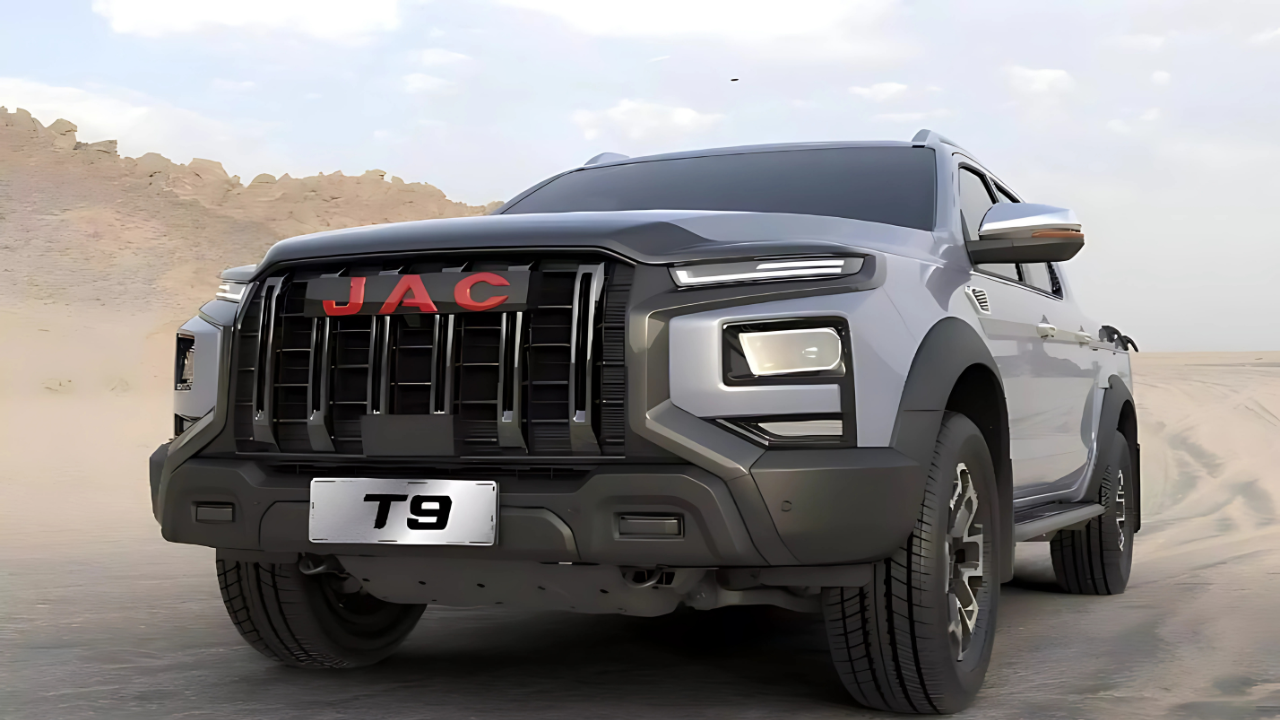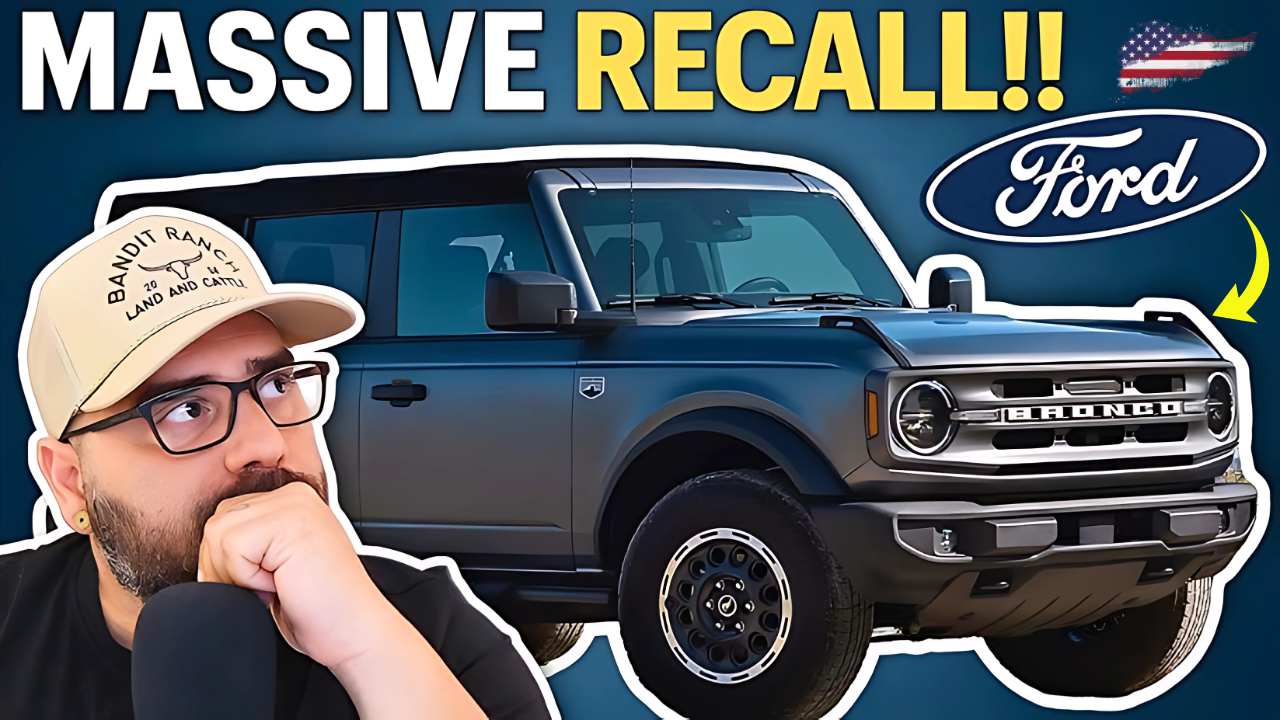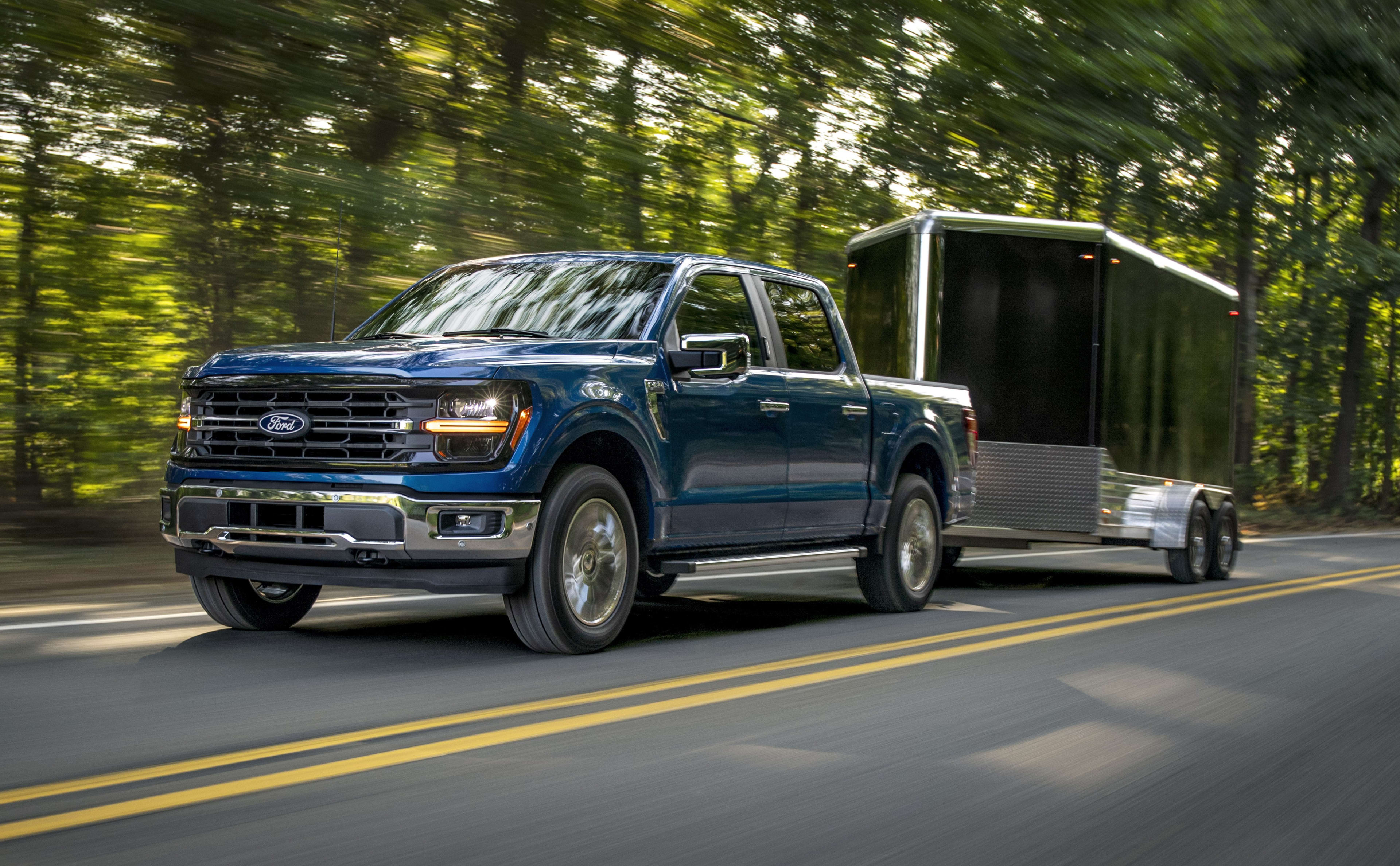The Australian ute market is experiencing a seismic shift, and the recently unveiled 2026 JAC T9 Hunter PHEV is positioning itself as a formidable contender in this evolving landscape. As manufacturers scramble to electrify their offerings, JAC has thrown down the gauntlet with what they’re boldly calling “the most powerful JAC ever.” But can this Chinese manufacturer’s latest creation truly challenge the established order in Australia’s notoriously competitive dual-cab segment?
A Bold Australian Debut for Global Ambitions
What makes the JAC T9 Hunter PHEV particularly intriguing is how the company has chosen Australia as the global launch pad for this ambitious project. This isn’t just another overseas model being adapted for local conditions – it’s a vehicle designed with Australian buyers firmly in mind from the outset. The fact that JAC selected Melbourne as the venue for the worldwide reveal speaks volumes about their commitment to the Australian market and their understanding of local preferences.
The timing couldn’t be more strategic. With traditional diesel utes facing increasing scrutiny over emissions and fuel costs continuing to bite into household budgets, hybrid technology is no longer a nice-to-have feature – it’s becoming essential. The Hunter PHEV arrives at precisely the moment when Australian buyers are ready to embrace alternative powertrains without sacrificing the capability they demand from their work horses.
Powerhouse Performance That Means Business
Revolutionary Drivetrain Technology
Under the bonnet, the Hunter PHEV showcases an impressive hybrid setup that combines a 160kW 2.0-litre turbocharged four-cylinder petrol engine with dual electric motors. The front axle motor delivers 130kW while the rear unit contributes 150kW, creating an intelligent all-wheel-drive system that adapts to driving conditions in real-time.
The combined system output reaches a staggering 385kW, but it’s the torque figure that truly captures attention – a massive 1000Nm that dwarfs most traditional diesel competitors. This isn’t just impressive on paper; it translates to real-world capability that should satisfy even the most demanding commercial applications.

Range and Efficiency That Actually Works
The 31.2kWh lithium iron phosphate (LFP) battery pack delivers a claimed 100 kilometres of pure electric driving range. This matches the BYD Shark 6’s electric capability while significantly outperforming the Ford Ranger PHEV’s 49-kilometre range. For many Australian commuters, this means completing their daily driving entirely on electric power while retaining the petrol engine’s reassurance for longer journeys.
What’s particularly clever about JAC’s approach is their battery chemistry choice. LFP batteries are renowned for their durability, thermal stability, and cost-effectiveness compared to traditional lithium-ion alternatives. This suggests JAC is thinking long-term about ownership costs and reliability – crucial factors in the commercial vehicle market.
Towing and Payload: Where It Matters Most
Serious Hauling Credentials
The Hunter PHEV demonstrates that electrification doesn’t mean compromising on traditional ute capabilities. With a braked towing capacity of 3500kg, it actually exceeds the diesel T9’s 3200kg rating. This increase suggests the electric motors provide additional torque multiplication that benefits heavy-duty applications.
However, there’s a trade-off that potential buyers need to understand. The hybrid system’s added weight reduces the payload capacity to 715kg, down from the diesel version’s 1045kg. This 330kg reduction reflects the reality of carrying substantial battery packs and dual electric motors. For buyers prioritising maximum load capacity, this could be a determining factor in their decision-making process.
Practical Considerations for Commercial Users
The payload reduction raises important questions about the Hunter PHEV’s target market. Traditional trades that regularly carry heavy equipment might find the reduced capacity limiting, but for those prioritising fuel efficiency and environmental credentials, the trade-off could be worthwhile. The key is understanding your specific usage patterns before making the switch.
Two Faces of Design Philosophy
Melbourne Show Car vs Chinese Australian Edition
One of the most interesting aspects of the Hunter PHEV reveal is the emergence of two distinct styling approaches. The vehicle showcased at the Melbourne Motor Show featured rugged all-terrain tyres, black wheels, and a black sports bar – clearly targeting buyers who prioritise off-road capability and aggressive aesthetics.
In contrast, the Australian Edition revealed in China adopts a more refined approach with 18-inch aerodynamic alloy wheels, all-season tyres, blue badging accents, and a chrome-finished sports bar. The front tow hooks have been removed, and the overall presentation leans towards urban sophistication rather than outback toughness.
Catering to Diverse Australian Preferences
This dual approach reflects JAC’s understanding that the Australian ute market isn’t monolithic. Some buyers want a vehicle that looks ready to tackle the Simpson Desert, while others prefer something that won’t look out of place in a corporate car park. The question remains whether Australian customers will have the choice between both styling packages or if JAC will commit to one approach for the local market.
Interior Technology That Delivers
Modern Cabin Updates
The Hunter PHEV’s interior receives significant upgrades over the diesel variant, starting with a new four-spoke steering wheel design that replaces the previous two-spoke layout. This might seem like a minor change, but it suggests JAC is paying attention to feedback and continuously refining their offerings.
The digital dashboard features a 10.25-inch instrument cluster paired with a 10.4-inch central touchscreen. While these dimensions might not lead the segment, they represent a substantial improvement over many budget-focused competitors. The key will be ensuring these systems offer intuitive operation and reliable performance in Australia’s harsh climate conditions.
Vehicle-to-Load: More Than a Gimmick
The inclusion of vehicle-to-load (V2L) capability adds genuine utility to the Hunter PHEV package. This technology allows the ute to power external electrical appliances directly from its battery pack, essentially turning the vehicle into a mobile power station. For tradies working on remote sites or camping enthusiasts, this feature could prove invaluable.
The practical applications are numerous – powering tools on construction sites without requiring generators, running camp equipment during extended trips, or even providing emergency power during outages. It’s the kind of feature that might not influence initial purchase decisions but could significantly enhance long-term ownership satisfaction.
Market Competition and Positioning
Taking on Established Players
The Hunter PHEV enters a rapidly evolving competitive landscape. The BYD Shark 6 has already established itself as a credible hybrid option, while the Ford Ranger PHEV brings established brand recognition and dealer network advantages. The GWM Cannon Alpha PHEV represents another Chinese manufacturer’s attempt to crack the Australian market.
JAC’s challenge is differentiating their offering in meaningful ways. The superior electric range compared to the Ranger PHEV is one clear advantage, while the massive torque output should appeal to performance-oriented buyers. However, brand perception and service network quality will likely prove equally important factors.
Pricing Strategy: The Unknown Variable
JAC has wisely chosen to withhold pricing information until closer to the early 2026 launch date. This strategic silence allows them to assess competitor positioning and market response before committing to specific numbers. However, expectations are high that the Hunter PHEV will undercut established players while offering comparable or superior specifications.
The Chinese automotive industry’s cost advantages could enable aggressive pricing that puts pressure on traditional manufacturers. If JAC can deliver the Hunter PHEV at a compelling price point while maintaining quality standards, they could capture significant market share quickly.
Challenges and Opportunities Ahead
Service Network Development
One of JAC’s biggest challenges will be establishing a comprehensive service network before the Hunter PHEV’s arrival. Australian buyers, particularly in regional areas, need confidence that parts and expertise will be readily available. JAC’s current network of 60+ dealers provides a foundation, but rapid expansion will be necessary to support increased sales volumes.
The company’s track record with the diesel T9, including achieving a five-star ANCAP safety rating, demonstrates their commitment to meeting Australian standards. This credibility will be crucial in convincing buyers to take a chance on a relatively new brand.
Timing Advantages
The early 2026 launch timing could prove advantageous. By then, charging infrastructure will be more developed, hybrid technology acceptance will be broader, and potential government incentives might make the transition even more attractive. JAC appears to be positioning themselves to catch the wave of electrification rather than trying to create it.
Future Model Variations
While the long-wheelbase version available overseas won’t reach Australia initially, it demonstrates JAC’s ability to adapt the platform for different markets. Future variants could include different battery sizes, performance packages, or specialized commercial configurations depending on market response.
The success of the Hunter PHEV could also pave the way for other electrified JAC models entering the Australian market. The company’s global experience in commercial vehicles provides a solid foundation for expanding their local presence.
Industry Impact
The Hunter PHEV’s arrival represents more than just another model launch – it’s part of a broader transformation of the Australian automotive landscape. Chinese manufacturers are increasingly confident in their ability to compete on quality while leveraging cost advantages and rapid development cycles.
If the Hunter PHEV succeeds, it could accelerate the timeline for other manufacturers’ electrification strategies. Competition benefits consumers through improved technology, better value, and more choices.
Frequently Asked Questions:
When will the JAC T9 Hunter PHEV be available in Australia?
Early 2026, with specific pricing and final specifications to be announced closer to launch.
How does the electric range compare to competitors?
The 100km electric range matches the BYD Shark 6 and significantly exceeds the Ford Ranger PHEV’s 49km capability.
What’s the towing capacity of the Hunter PHEV?
3500kg braked towing capacity, which is 300kg more than the diesel T9 variant’s 3200kg rating.





